Selecting the right roof rack plays a vital role in unlocking the potential of your vehicle. It also determines whether it can carry your camping trip’s gear and daily utility. Besides, a
premium-quality rack roof offers immense durability, safety, and a quiet ride. Not getting a good roof rack leads to regret.
Therefore, this blog will discuss what to look for in a quality roof rack, saving you from disappointments.
Compatibility of The Vehicle and Roof Type
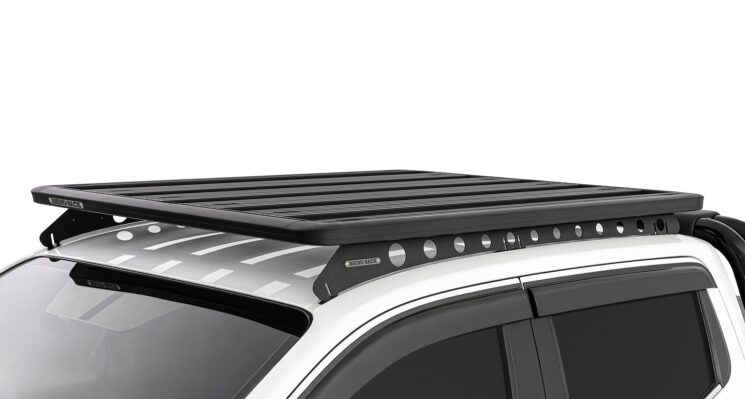
Selecting the right roof rack plays a vital role in unlocking the potential of your vehicle. It determines whether your car can handle the demands of adventure — from camping gear and
kayaks to bicycles and cargo boxes.
Besides, a premium-quality roof rack offers immense durability, safety, and a quiet ride. Not getting a good roof rack leads to regret, wasted money, and potential vehicle damage.
Therefore, this blog will discuss what to look for in a quality roof rack, saving you from disappointments.
Compatibility of The Vehicle and Roof Type
Is your roof rack compatible enough to fit your vehicle? This is one of the most important factors when buying a roof rack. The reason is that not all racks are universal; they are
designed according to the car’s make, model, and year. Therefore, you have to check this area carefully before making a purchase.
Plus, you should also identify what kind of roof your vehicle has:
Bare Roof: This one has no built-in attachment points.
Raised Rails: Raised rails run front-to-back, leaving a gap between the rail and the roof.
Flush Rails: These sit directly on the roof, running front-to-back.
Fixed Points: Pre-installed mounting locations, usually covered by a small cap.
Get a quality rack that will offer a secure mounting system, specifically crafted for your roof. This guarantees stability while keeping your car safe from scratches or denting during long drives.
Weight Capacity
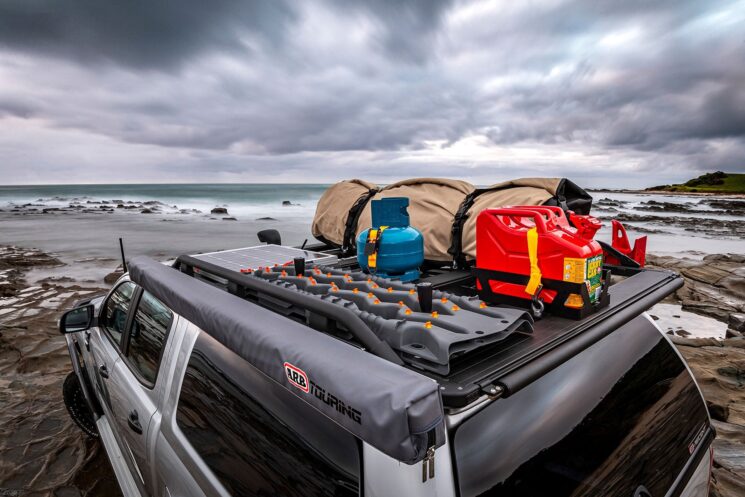
Car owners often ignore weight capacity — but you shouldn’t. This is essential to ensure safety and performance.
Vehicle Roof Load Rating:
Read your vehicle’s manual to check how much weight the roof can support. This ensures you don’t exceed the manufacturer’s recommendation.
Overloading can affect the car’s center of gravity, fuel efficiency, and even suspension components.
Roof Rack Capacity:
Apart from the vehicle’s limit, your roof rack has a separate maximum weight tolerance. The total of the rack and cargo must remain below both limits. Choosing a sturdy, well-built roof
rack is critical if you plan off-road or long-distance trips.
A pro tip is to divide the weight evenly across the rack to prevent unnecessary stress on one side, especially when driving through rough terrains or high winds.
Material and Durability
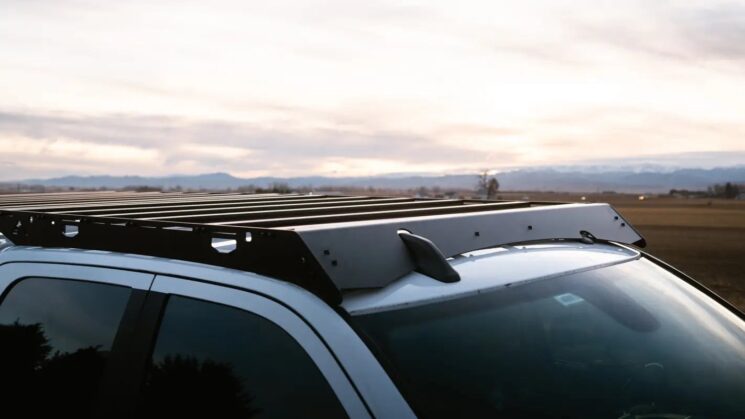
The better the quality of the roof rack, the longer it will last. Search for materials that offer a balance between lightness and strength. For instance:
Aluminum:
Lightweight, corrosion-resistant, and ideal for all-weather conditions. Aluminum roof racks are often preferred for their sleek look and resistance to rust.
Steel:
Strong and durable, steel is a more budget-friendly alternative. However, it’s heavier and prone to rust if not properly coated.
If you require a reliable and secure roof rack, contact Front Runner US. They have a wide variety of high-quality options.
Aerodynamics and Noise Control
A factor often overlooked when buying a roof rack is aerodynamics. Poorly designed racks create wind resistance and noise at high speeds.
Look for racks that feature aerodynamic bars or low-profile crossbars to reduce drag.
This not only ensures a quieter ride but can also improve fuel efficiency.
Manufacturers like Dometic and Thule
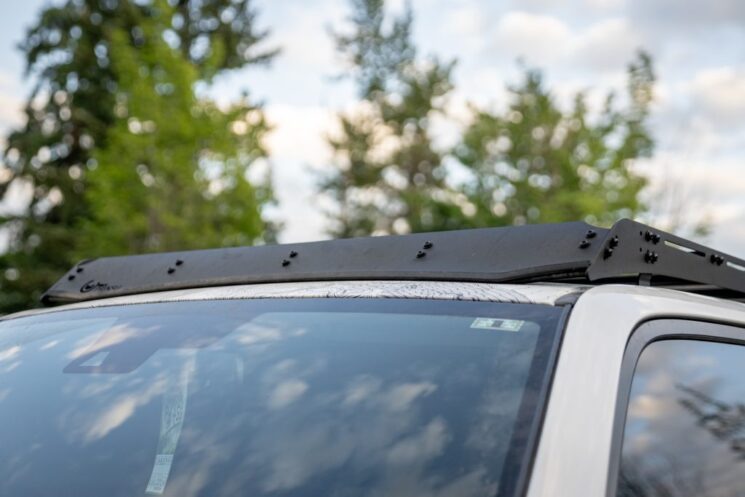
invest heavily in wind-tunnel testing to minimize wind noise. Some models even include rubber inserts and noise-dampening strips for extra comfort during highway travel.
Ease of Installation and Removal
A good roof rack should not require professional installation every time you want to use it. Modern systems come with tool-free clamps and quick-release mechanisms that make
mounting and removal simple.
If you frequently switch between carrying bikes, skis, or camping gear, choose a modular system that allows easy reconfiguration.
Also, pay attention to racks that include locking mechanisms. These not only secure your cargo but also prevent theft of the rack itself.
Maintenance and Corrosion Resistance
Roof racks are constantly exposed to harsh weather, UV rays, and debris. Therefore, check whether the rack has protective coatings or powder finishes. These add an extra layer of
protection against corrosion and extend the lifespan of your investment.
Regular cleaning and periodic tightening of bolts can also prevent long-term wear and tear. Using a mild detergent and water will keep the rack looking new and functioning properly.
Design and Functionality
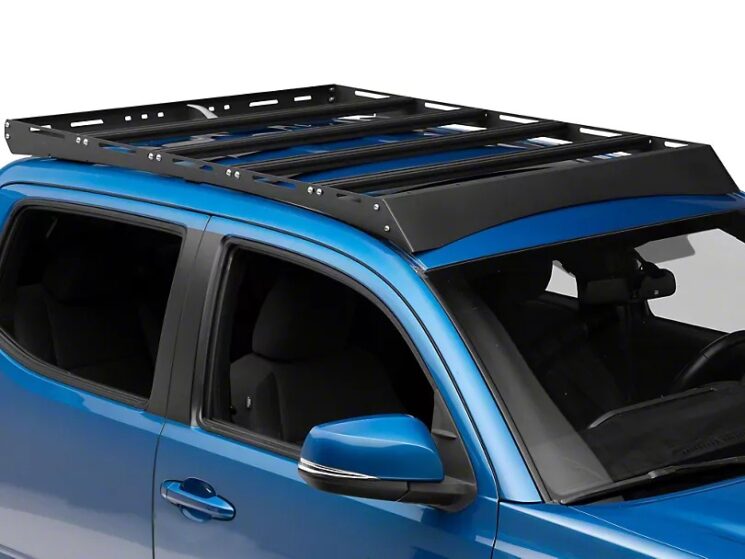
Beyond practicality, the design of your roof rack should complement your vehicle.
A well-designed rack not only enhances the car’s appearance but also offers better functionality — such as integrated tie-down points, modular attachments, and expandable mounts
for future upgrades.
Premium brands offer racks with T-slot channels for mounting accessories like bike carriers, roof boxes, or light bars.
This versatility makes your roof rack a long-term investment.
Safety Considerations
Always ensure that your roof rack complies with safety standards. Check for certifications or tests conducted by the manufacturer.
Poorly constructed racks can fail under pressure, causing accidents or damage to your car and cargo.
Before every trip, double-check the bolts and straps, especially after driving off-road or in extreme conditions.
A little maintenance goes a long way in ensuring your safety and the integrity of your gear.
Final Thoughts
A quality roof rack is not just an accessory — it’s an essential part of your adventure gear. By considering compatibility, material, weight limits, aerodynamics, and ease of use, you ensure reliability and performance for years to come. Whether you’re heading to the mountains or hauling surfboards to the beach, the right roof rack makes every trip smoother and safer.

